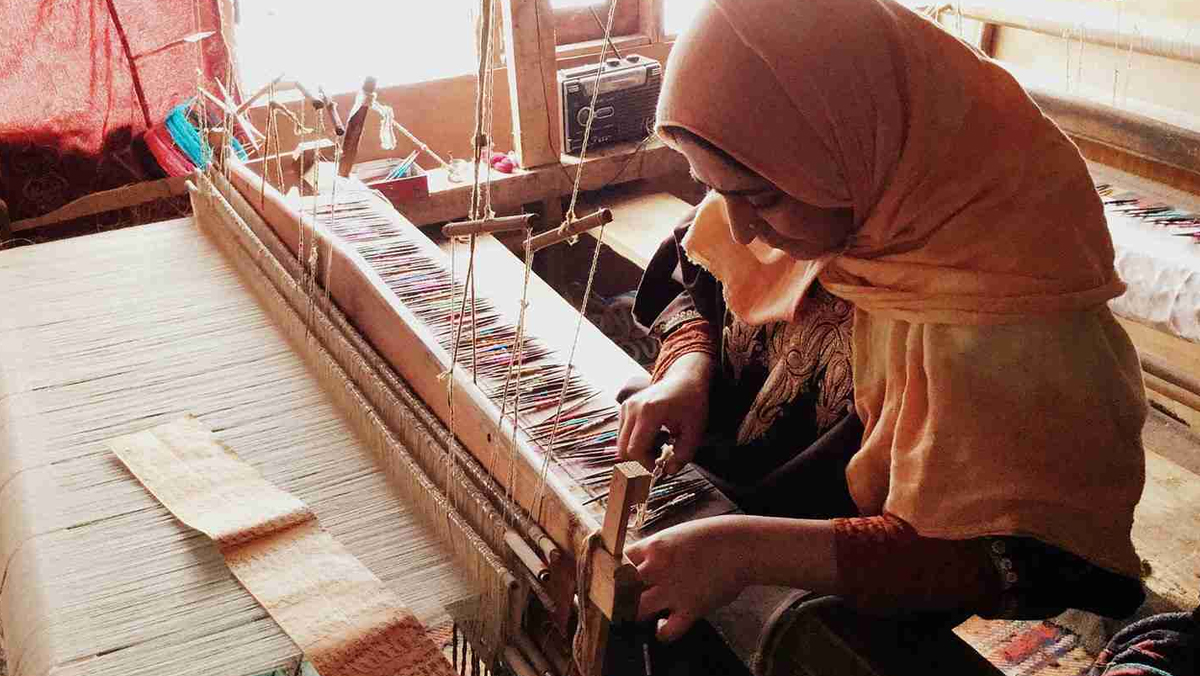Pashmina is traditionally associated with India, and for good reason. The Changthangi goat is native to the Indian state of Jammu and Kashmir, and it is in this region that the finest pashmina is produced. However, pashmina is also produced in other countries, including Nepal, China, and Mongolia.
The exact origins of pashmina are unknown, but it is believed to have been used for centuries by the people of the Himalayas. Pashmina was first mentioned in written records in the 14th century, and it quickly became a popular material for clothing and accessories.
Pashmina is made from the finest fibers of the Changthangi goat’s undercoat. These fibers are incredibly fine, with a diameter of just 12 to 16 microns. This makes pashmina much softer than other types of wool, such as cashmere.
In addition to being soft, pashmina is also very lightweight. This makes it a great choice for clothing that you want to wear in cold weather, but that you don’t want to be too heavy. Pashmina is also very breathable, which helps to keep you cool even when you are wearing it in warm weather.
Pashmina is a very rare and precious material. It takes about two goats to produce enough wool for a single pashmina scarf. This is why pashmina is so expensive. However, the high price is justified by the incredible quality of the material.
Statistics and Information:
- The main countries that produce pashmina are India, Nepal, China, and Mongolia.
- India is the largest producer of pashmina, accounting for about 70% of the world’s supply.
- Nepal is the second largest producer of pashmina, accounting for about 20% of the world’s supply.
- China is the third largest producer of pashmina, accounting for about 10% of the world’s supply.
- Mongolia is the fourth largest producer of pashmina, accounting for about 5% of the world’s supply.
